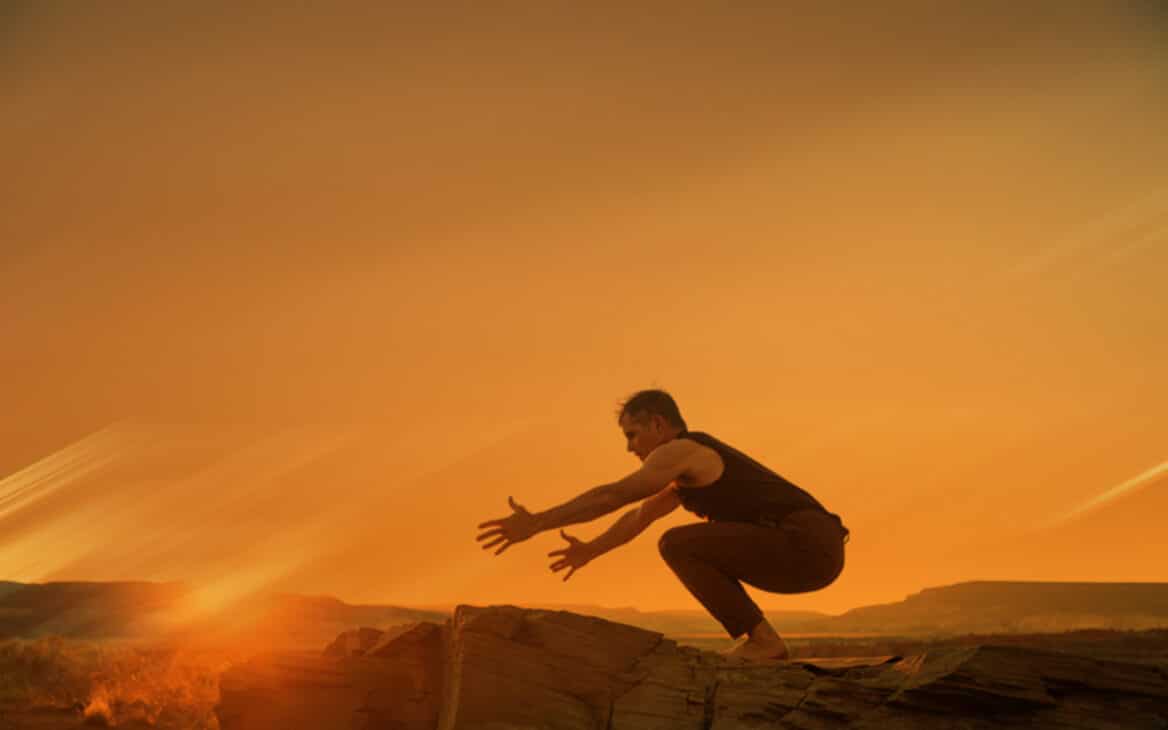At the Yoga Journal Conference today I met with Mathew Sanford, an Iyengar certified instructor based in Minneapolis. We met in a small alcove away from the bustle of the Saturday yoga conference scene. Mathew has a mirthful almost cherubic face that sported a few days of stubble growth on his chin. His hair is wavy and full of luster. In order to meet in a quiet zone, we went up by elevator. “This lodge (at Grand Geneva) put one elevator in in 1964, and still today it is the only elevator in the whole complex”, he said despairingly. Mathew is in a wheelchair and I was impressed how he wheeled it around. He moved quickly as he swiveled and accelerated. I had to scurry to keep up with him.
When Mathew was 13 he was in a car accident in his native Wisconsin that killed his mother and sister and as a result he was paralyzed from hid mid thoracic spine down to his toes. He suffered a head injury, compressed his first cervical spine at the base of his skull and ruptured his pancreas. He described waking up I the hospital after the fatal crash and slipping into long dissociative states, in order to avoid the pain and trauma to his body.
Mathew had heard of my teaching and practice and expertise in the field of somatics and anatomy and yoga. I had read a long interview with Mathew in the LA Yoga magazine and so we were eager to share notes together on teaching and practicing and moving in the practice from “the inside out”. He describes how most yoga is a process of moving from the outer musculature and accessing a pose from its gross alignment. Since his movement is limited, he describes moving from inside the felt sense of a pose, particularly along the bone.
As he sits in his wheelchair, his legs are obviously withered and when he moves his legs to cross them he must manually lift his femur to reposition it. And in the medical establishment today, it is a held belief that parapalegics cannot feel into their paralyzed limbs. But Mathew is an inspired advocate of how sensation can travel into a paralyzed limb. Given the neurological damage to his spinal cord at T6-7, he is not supposed to feel sensation in his legs. Yet he describes, in his wheelchair, of shifting his center of gravity forward over his pelvis and when he does tadasana by manually pushing his femurs in and back, how he can sense a kinesthetic flow down to his feet.
I suggested that the connection may be related to the blood, especially at the long bones where the blood is produced out of the bones. It seems that Mathew has a sensory-motor hook up in place, yet without the motor control part of the feedback loop accessible to him any more.
Mathew spoke passionately about Iyengar’s statement that to do a posture one must have 2 things: a sense of direction and a sense of center. Mathew is so positive about his ability to tap a sense of direction (downward into his leg) in order to rebound and lift upward into is chest and spine, despite the fact that he cannot move his legs in order to activate the sense of direction.
He said that supta padangushtasana is such a key pose in order to be able to find the pathways of sensation through his spine and he uses sand bags often to weight his femurs.
Mathew has an outreach program in Minneapolis helping parapalegics and cerebral palsy victims begin to access their center of gravity and to help them tap the source of movement inside. His mission is to re-educate the current medical standard as to what is possible for rehabilitation through body awareness and somatic re-education through yoga. We promised each other that we would get together again, the next time working down on the ground and on the mat.


